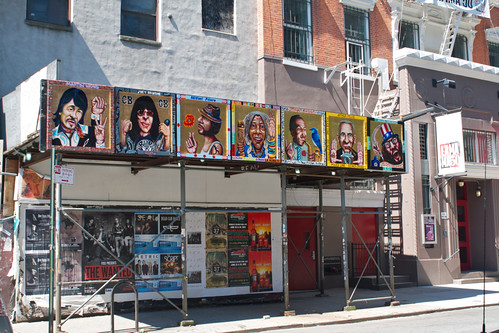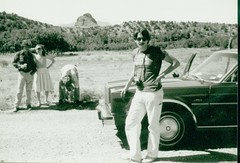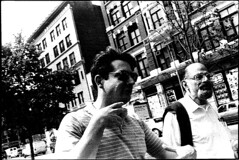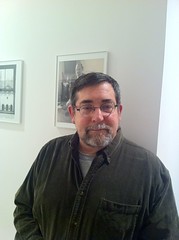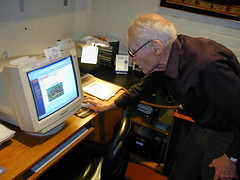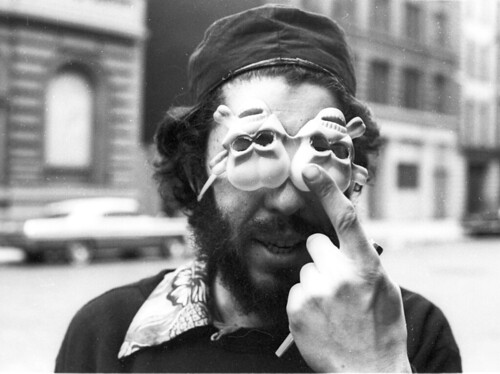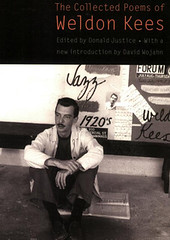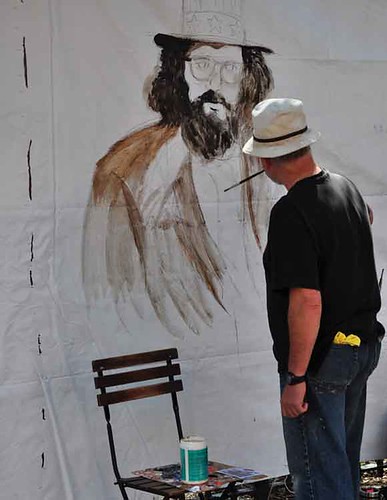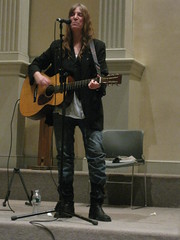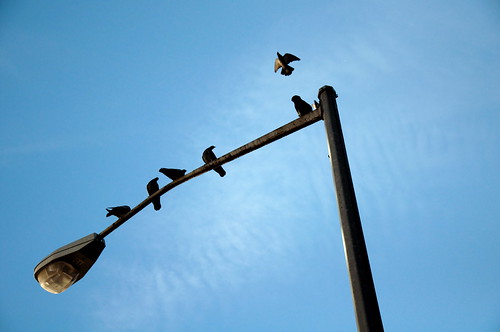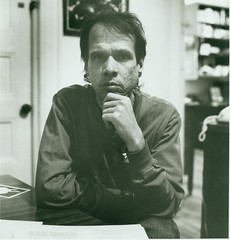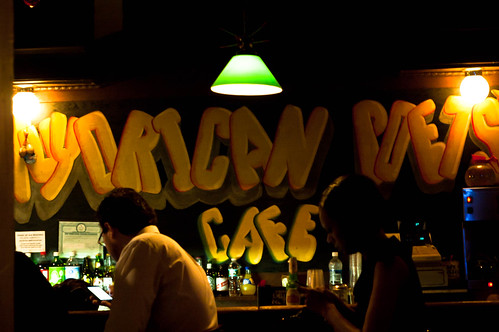First the “Legends of the Lower East Side” were immortalized in coloring-book form, and now the “Saints of the Lower East Side” have been painted onto scaffolding on Fourth Street, between Bowery and Second Avenue.
Tom Sanford, known for his portraits of cultural and historical figures, painted some local heroes on scaffolding above 70 East Fourth Street Cultural Center, where the future home of the Downtown Art and Alpha Omega Theatrical Dance Company is under construction. The portraits, from left to right, are of Martin Wong, Joey Ramone, Miguel Piñero, Ellen Stewart, Charlie Parker, Arthur “Weegee” Fellig and Allen Ginsberg.
The artist got some help from Graham Preston, who will present his own works, depicting cultural heroines of the area, on June 26 at 6 p.m. at FAB Café. Both exhibits, which are presented by FABnyc and are part of the ArtUp program that recently brought a new mural to the La MaMa building, will be up till Sept. 5.
And speaking of scaffolding, The Local spotted the scaffolding that was expected to obscure the new Metropolitan Citymarket (formerly Met Foods) going up earlier today. As previously reported, N.Y.U. is renovating its classrooms in the former Saul Birns Building at 107-113 Second Avenue, and the scaffolding is expected to come down in the fall.



